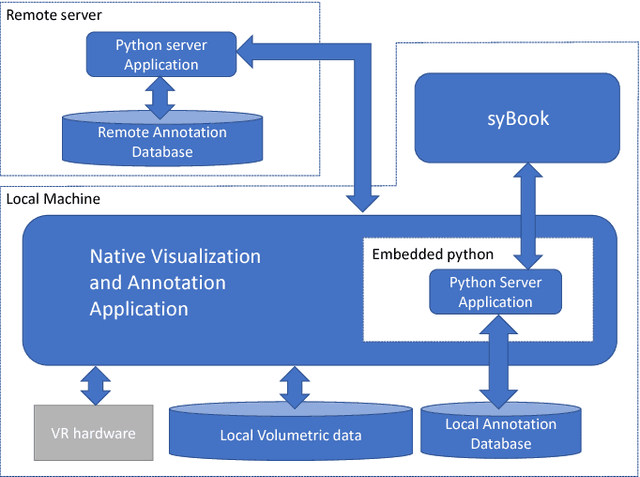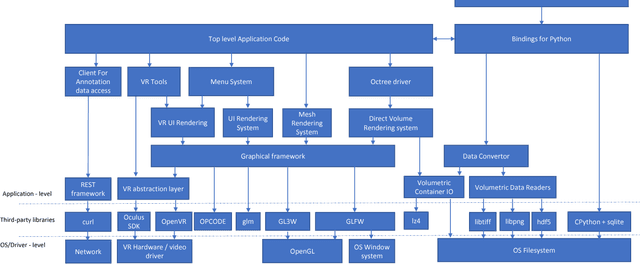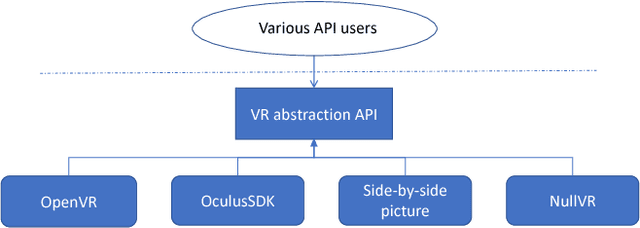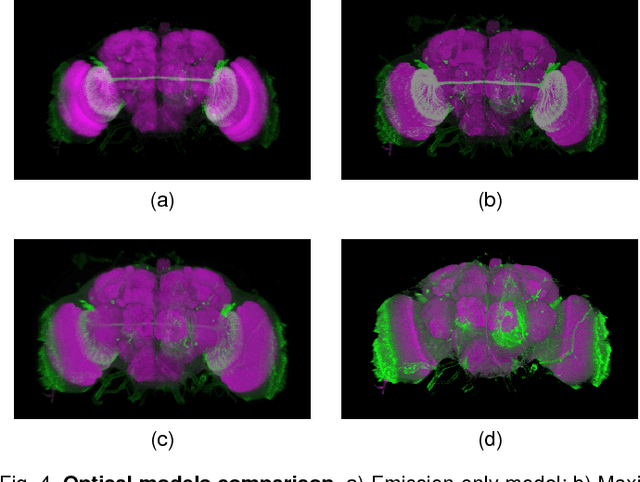Quinn Jones
syGlass: Interactive Exploration of Multidimensional Images Using Virtual Reality Head-mounted Displays
Aug 22, 2018



Abstract:The quest for deeper understanding of biological systems has driven the acquisition of increasingly larger multidimensional image datasets. Inspecting and manipulating data of this complexity is very challenging in traditional visualization systems. We developed syGlass, a software package capable of visualizing large scale volumetric data with inexpensive virtual reality head-mounted display technology. This allows leveraging stereoscopic vision to significantly improve perception of complex 3D structures, and provides immersive interaction with data directly in 3D. We accomplished this by developing highly optimized data flow and volume rendering pipelines, tested on datasets up to 16TB in size, as well as tools available in a virtual reality GUI to support advanced data exploration, annotation, and cataloguing.
Few-Shot Adversarial Domain Adaptation
Nov 05, 2017



Abstract:This work provides a framework for addressing the problem of supervised domain adaptation with deep models. The main idea is to exploit adversarial learning to learn an embedded subspace that simultaneously maximizes the confusion between two domains while semantically aligning their embedding. The supervised setting becomes attractive especially when there are only a few target data samples that need to be labeled. In this few-shot learning scenario, alignment and separation of semantic probability distributions is difficult because of the lack of data. We found that by carefully designing a training scheme whereby the typical binary adversarial discriminator is augmented to distinguish between four different classes, it is possible to effectively address the supervised adaptation problem. In addition, the approach has a high speed of adaptation, i.e. it requires an extremely low number of labeled target training samples, even one per category can be effective. We then extensively compare this approach to the state of the art in domain adaptation in two experiments: one using datasets for handwritten digit recognition, and one using datasets for visual object recognition.
 Add to Chrome
Add to Chrome Add to Firefox
Add to Firefox Add to Edge
Add to Edge